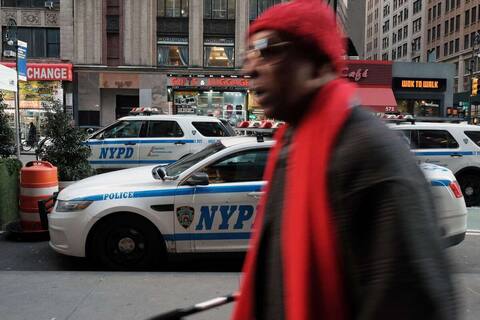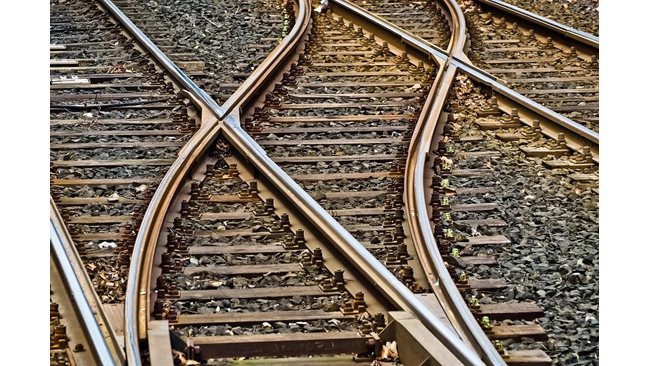NEW YORK | In New York, the violent deaths of two women in the subway and during a robbery have revived the debate on insecurity and the memory of a dangerous megalopolis, as it slowly recovers from the pandemic.
• Read also: US Capitol Storming Committee Asks Ivanka Trump to Testify
Michelle Go, a 40-year-old American, member of the Asian community, died on Saturday, pushed onto a subway track by a homeless man, as a train pulled into the busy Times Square station, heart pounding from the economic and cultural capital of the United States.
The day before, a 19-year-old Puerto Rican, Kristal Bayron-Nieves, was shot dead by a robber at the checkout of a Burger King in the East Harlem district, still on the island of Manhattan.
The two homicides created a great stir in New York, where the economic and social consequences of the COVID-19 pandemic are still visible and where the recovery is slowed by a new peak in contaminations after the arrival of the Omicron variant.
–
–
According to the New York police (NYPD), there were 488 homicides in 2021 in the megacity of nearly nine million inhabitants, a slight increase after the sharp increase in 2020 (468 homicides against 319 in 2019), the year the city was hit hard by the pandemic.
“These are low figures, but worrying, because there is an increase and we do not want to return to the situation of 25 years ago, when we had a homicide rate four times higher”, explains to the AFP Jeffrey Butts, professor at New York University’s John Jay College of Criminal Justice.
400 million guns
“New York, like other American cities, is seeing increased gun violence that is not seen elsewhere (in the world), because America loves guns. And there are so many that we have 400 million in circulation”, or more than one per inhabitant, including children, adds the researcher.
He recalls that at the very beginning of the pandemic, which has killed around 37,000 people in New York for two years, there was a “jump” in the purchase of firearms. An 11-month-old baby was seriously injured by a stray bullet in the Bronx on Wednesday while riding in his mother’s car.
“There is a combination of factors,” adds Richard Aborn, president of the Citizens Crime Commission, whose goal is to improve public safety.
In addition to the proliferation of weapons and the COVID-19, which first hit poor neighborhoods, he said, “the protests against police violence after the death of George Floyd, which had a destabilizing effect on relations between the police and the residents.
According to this former candidate for the post of Manhattan district attorney, a recent criminal justice reform in New York may also have created the erroneous feeling that certain crimes are less punished.
Mental Health
After the murder of Michelle Go, attention has again turned to people with psychiatric disorders, especially among the homeless on the subway.
The new Democratic mayor Eric Adams, a former police officer elected in particular on the fight against delinquency, admitted that he “did not (feel) safe” in the large underground transport network.
But according to official data, crimes in the subway represent only 2% of the total.
“We must not demonize those who have fallen through the cracks and have not received the treatment their mental health issues require,” the mayor, the second African-American to lead the city, said during a vigil for Michelle Go, in Times Square on Tuesday.
–
–
Eric Adams, who took office on January 1, promised that he would strengthen the police presence on the metro for its millions of users.
For her part, the governor of the state, Kathy Hochul, promised the construction of 100,000 low-cost housing units and 10,000 places in reception centers for the poorest over the next five years.
“We have to find solutions that go beyond public order, because we can’t just rely on public order,” said Jeffrey Butts.
–




